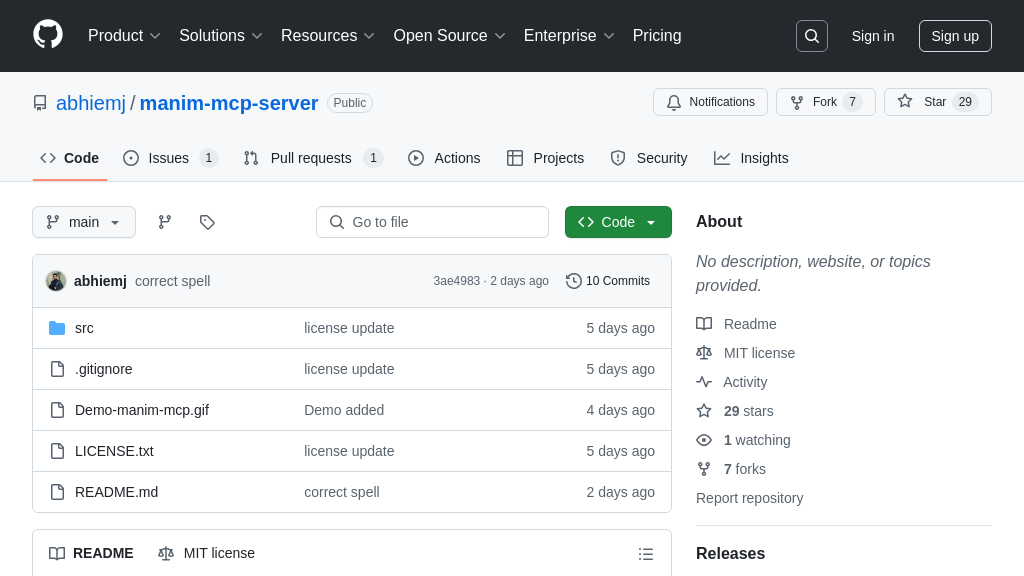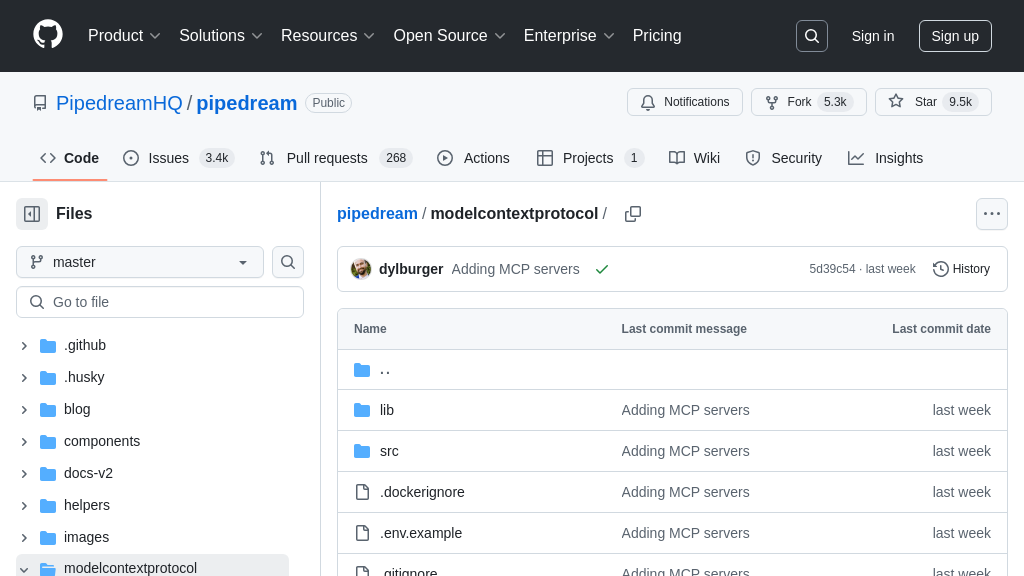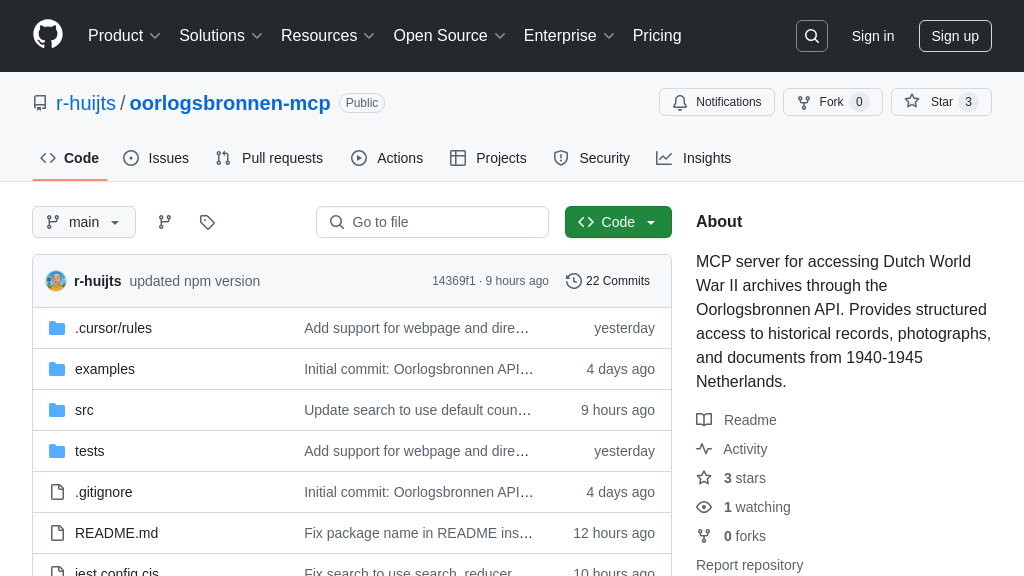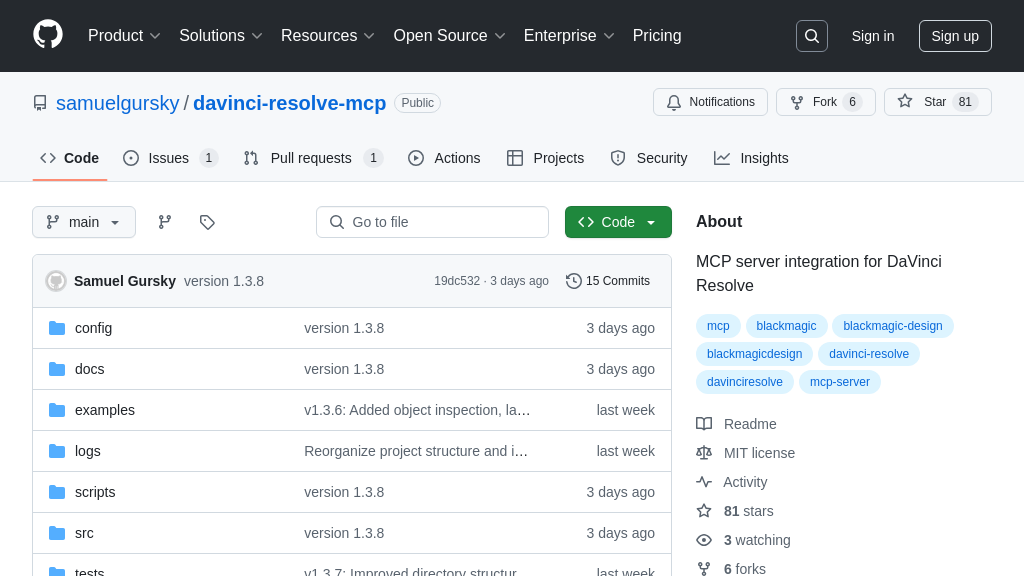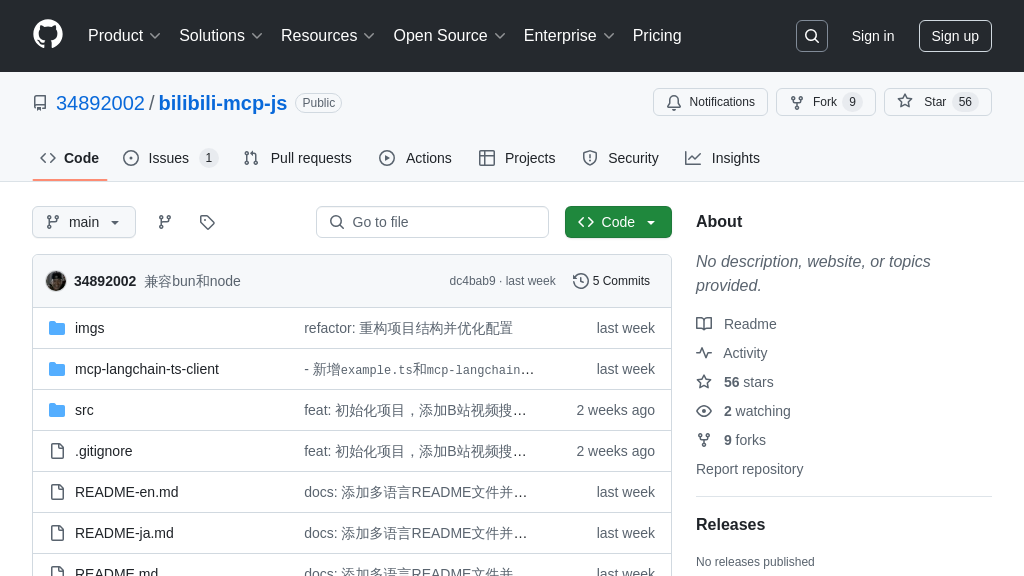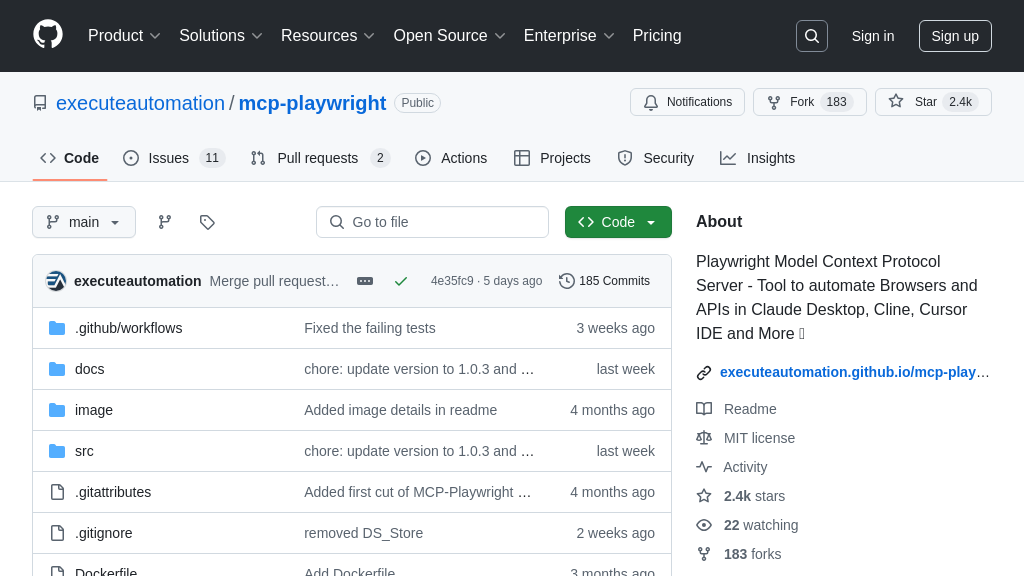mcp-vegalite-server
The mcp-vegalite-server is an MCP server enabling AI models to visualize data using Vega-Lite, enhancing data interaction.
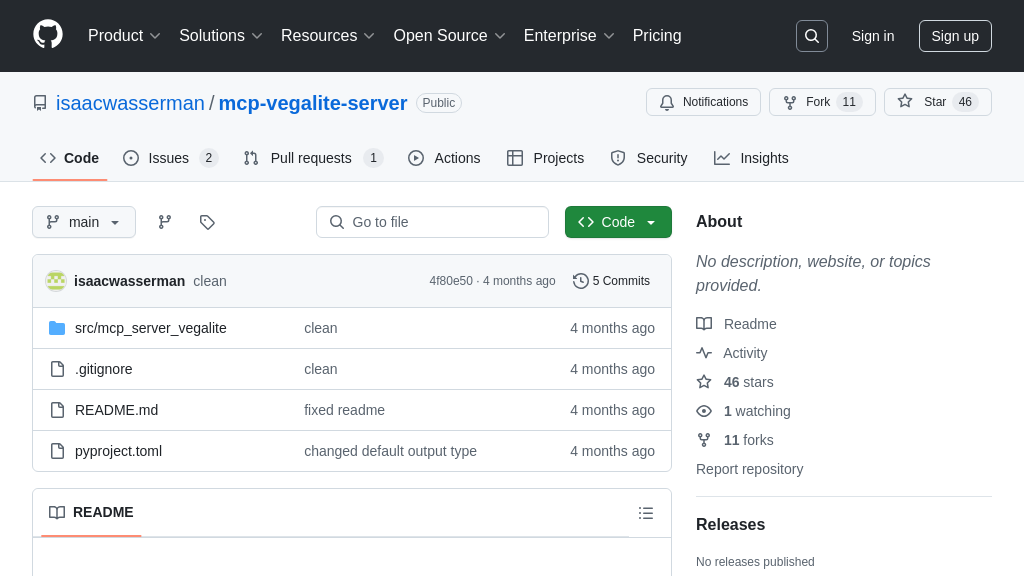
mcp-vegalite-server Solution Overview
The mcp-vegalite-server is an MCP server designed to empower AI models with data visualization capabilities using Vega-Lite. As an MCP server, it provides a standardized interface for LLMs to generate insightful visualizations directly from data.
This server offers two key tools: save_data, which allows LLMs to store data tables for later use, and visualize_data, which takes a data table name and a Vega-Lite specification to create visualizations. The server can return the Vega-Lite specification or a base64 encoded PNG image of the visualization.
By integrating the mcp-vegalite-server, developers can enable AI models to not only process data but also present it in a visually compelling format, enhancing the model's ability to communicate complex information effectively. This server is implemented in Python and seamlessly integrates into the MCP ecosystem, offering a valuable tool for developers looking to enhance their AI applications with data visualization.
mcp-vegalite-server Key Capabilities
Data Visualization via Vega-Lite
The mcp-vegalite-server empowers LLMs to create data visualizations using the Vega-Lite grammar. This server acts as an intermediary, translating an LLM's request for a visualization into a concrete Vega-Lite specification and rendering it. The LLM provides the data and a description of the desired visualization, and the server handles the complexities of generating the visualization. This allows LLMs to focus on understanding and interpreting data, rather than the intricacies of visualization libraries. The server supports returning the visualization as either a base64 encoded PNG image (using the MPC ImageContent container) or as the complete Vega-Lite specification with embedded data.
For example, an LLM could instruct the server to "create a bar chart showing the sales per product category." The LLM would provide the sales data and the server would generate the corresponding Vega-Lite JSON, render the chart, and return the image to the LLM. This allows the LLM to then present the visualization to the user or use it for further analysis.
Standardized MCP Interface
This server adheres to the Model Context Protocol (MCP), ensuring seamless integration with any MCP-compliant AI model. By implementing the MCP, the mcp-vegalite-server provides a standardized way for LLMs to access data visualization capabilities. This eliminates the need for custom integrations and allows developers to easily plug the server into their existing AI workflows. The MCP compliance also ensures that the server can be easily discovered and used by other AI models in the ecosystem.
Consider a scenario where multiple LLMs need to visualize data from different sources. With the mcp-vegalite-server, each LLM can use the same standardized interface to request visualizations, regardless of the underlying data source or the specific visualization requirements. This simplifies the development process and promotes interoperability between different AI models. The server uses standard input/output or HTTP/SSE for communication, depending on the configuration.
Data Persistence for Visualization
The mcp-vegalite-server provides the save_data tool, enabling LLMs to store data tables on the server for later visualization. This feature is crucial for scenarios where the data is generated dynamically or needs to be reused across multiple visualizations. By saving the data on the server, the LLM can avoid repeatedly sending the same data for each visualization request, improving efficiency and reducing network traffic. The saved data is referenced by a user-defined name, allowing the LLM to easily retrieve it for subsequent visualizations.
Imagine an LLM that is analyzing a stream of real-time sensor data. The LLM can use the save_data tool to store the data on the mcp-vegalite-server as it arrives. Then, the LLM can use the visualize_data tool to create visualizations of the data at different time intervals, without having to resend the entire dataset each time. This feature is particularly useful for interactive data exploration and dashboarding applications. The data is stored in memory or a simple database on the server, depending on the implementation.
Integration Advantages
The mcp-vegalite-server offers significant integration advantages within the MCP ecosystem. Its ability to generate visualizations directly from LLM requests streamlines the process of data exploration and presentation. By handling the complexities of Vega-Lite syntax and rendering, the server allows LLMs to focus on higher-level tasks such as data analysis and insight generation. Furthermore, the server's support for both PNG image and Vega-Lite specification outputs provides flexibility for different use cases. The PNG output is ideal for displaying visualizations in user interfaces, while the Vega-Lite specification output allows for further customization and manipulation of the visualization.
For instance, an LLM could use the mcp-vegalite-server to generate a visualization of customer churn data and then embed the resulting PNG image in a report. Alternatively, the LLM could retrieve the Vega-Lite specification and modify it to add interactive elements or customize the appearance of the visualization before presenting it to the user. This level of flexibility makes the mcp-vegalite-server a valuable tool for a wide range of data visualization applications.
